On Sunday, 27th, I walked along the banks of the Sumida River in Akashicho, close to Tsukiji. The other day, even though it was still November in Tokyo, the snow flickered and it became cold at a stretch.
It's cold today too. It's cold, so I'll cross to Tsukishima at Tsukuda-ohashi Bridge and eat Yamagata's potato boiled to warm it up.
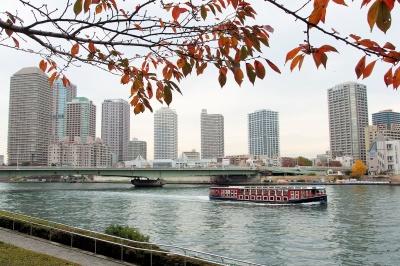
Today is the day when the "Higashine-shi, Kawakita-cho sightseeing product fair" is held on Monja Street in Tsukishima. It has become an annual event. It's an event that I'm looking forward to eating delicious sweet potatoes.
Cross the Tsukuda-ohashi Bridge from Akashicho. Late autumn on the banks of Akashicho from here. It was very colorful and beautiful.
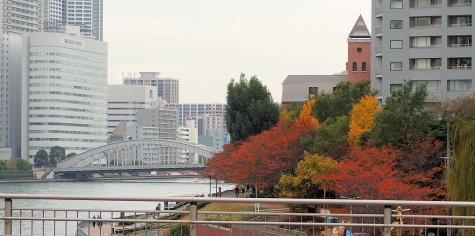
We crossed the bridge and arrived at Nishinaka-dori shopping street in Tsukishima. It is a shopping street that is famous as "Monja Street".
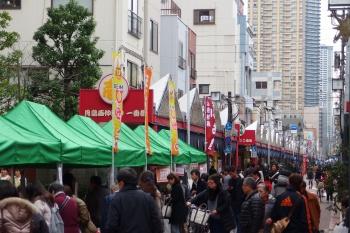
Oh~. I'm doing it. This is the season of apples and La France.
"Apple loading challenge". I stacked four and got a discount ticket.
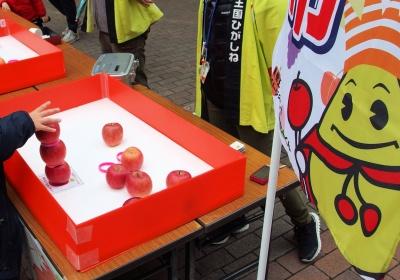
Higashine City in Yamagata Prefecture is a friendship city town in Chuo-ku, and this year is a memorable year of the 25th anniversary of becoming a friendship city. .
June is a season when cherries grow, and it is a very attractive town, but it is not only that, but it is also a town full of "delicious things" all year round, and it is very irresistible for delicious food lovers.
Wow~~~ It's Yamagata's specialty "Tamakonjac".
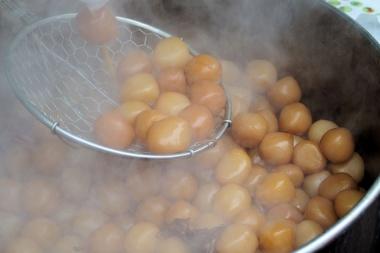 I miss you. Since my parents are from Yamagata Prefecture, Tamakonjac is a "nostalgic taste" made by the mother. Somehow, it was very warm.
I miss you. Since my parents are from Yamagata Prefecture, Tamakonjac is a "nostalgic taste" made by the mother. Somehow, it was very warm.
And now I'm looking for "Imoni".
Yamagata's potato boiled is made in a large pot with a large number of people gathering on the riverbank at an event called "Imonikai".
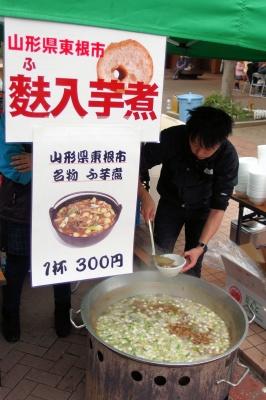
It's a hot pot dish that uses "taro", but don't think it's just taro juice.
The soy sauce-based seasoning also contains burdock, mushrooms, and konjac, but the meat is surprisingly gorgeous regional cuisine, where beef is always used.
When you make it at home, it doesn't have a good taste, so potato boiled in a large pot is still delicious.
Moreover, today's Higashine potato boiled contains "fu", a special product of Higashine. The taste soaked out and it was very delicious, and it was "replaced."
It was very impressive that some people living in Tsukishima brought their own pots and bought them with a familiar feeling. The people of Tsukishima already know this taste.
It is also famous for its delicious fu from the Muda district in Higashine. It is a specialty of Higashine.
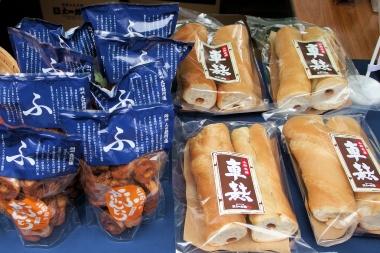
Yamagata is a place where bean confectionery is also delicious. Is "Denroku" the most famous nationwide?
This is a sweet called "Fuuki Mame", which is made from softly boiled blue peas. It's an irresistible dish with a cheeky texture.
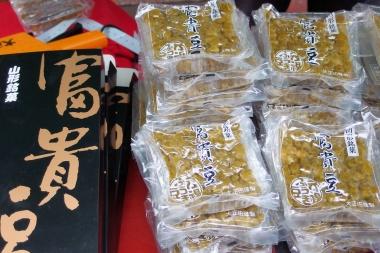
That's why I bought too much.
Next year is the year of the rooster. 。
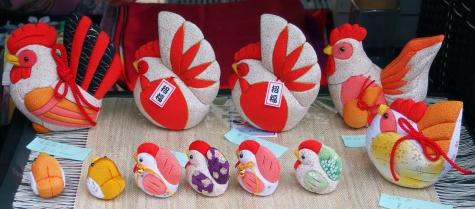
This is a craft sold at the booth in Kahoku-cho, a neighboring town in Higashine. It is a colorful and luxurious work that uses cloth dyed with "Safflower", a specialty of Kawakita Town.
Kawakita Town is a town that sent "safflower" to Kyoto and Osaka by boat on the Mogami River during the Edo period. Now the Safflower Museum is located in this town, and in June last year Their Majesties The Emperor and Empress hunted cherries in Higashine and then stopped by this Safflower Museum.
That's why it was an event that somehow suits the town of Tsukishima, such as potato boiled and tamakonjac, but I hope that such exchanges will continue in the future.
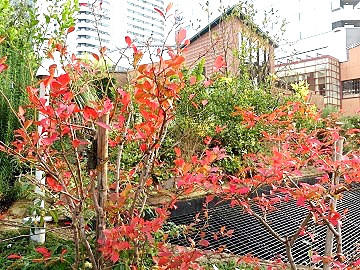
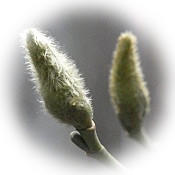 Although it enters, "winter buds" swell at the tip of the branch, preparing for the coming spring.
Although it enters, "winter buds" swell at the tip of the branch, preparing for the coming spring.









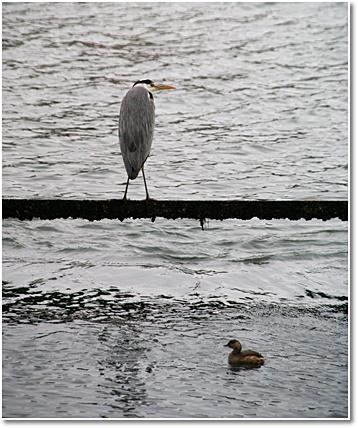
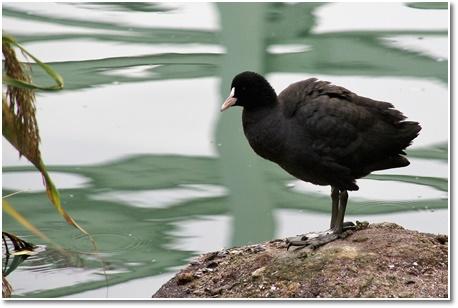
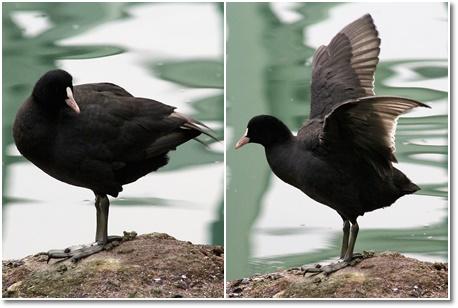
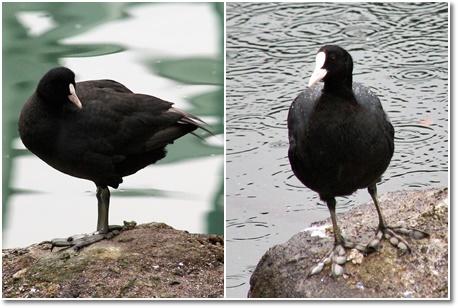
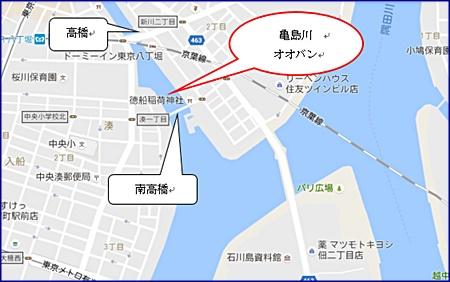




 I miss you. Since my parents are from Yamagata Prefecture, Tamakonjac is a "nostalgic taste" made by the mother. Somehow, it was very warm.
I miss you. Since my parents are from Yamagata Prefecture, Tamakonjac is a "nostalgic taste" made by the mother. Somehow, it was very warm.




